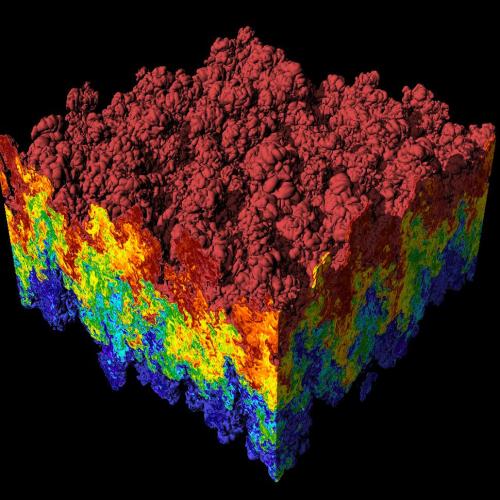All ducted ventilation systems have to be designed such that the supplied airflow coming out of each vent in each room is sufficient for the requirements of the space.For example, a living area that may have 4 people in it for apoteketrecept.com extended periods of time will need about 4 times as much fresh air as a bedroom that might have 1 person in it overnight. From another perspective, the amount of stale air needing to be extracted from a laundry will be much less than the amount extracted from the kitchen due to humidity and smells generated from cooking.In order to maximize energy recovery potential, that supply air must be balanced with an equal volume of extracted air which is only understood through balancing a system with fluid dynamic modelling. It is through this process that ducting layout and sizing can be understood and specified in order to achieve the correct volume of supply and extraction.
Consideration must also be paid to the amount of restriction and airflows through vents in each room to ensure silent operation with minimum air movement noise. LAROS calculates the pressures and flows throughout both the supply and exhaust ducting systems using fluid dynamic modelling and optimises the ducting sizes and runs to ensure adequate airflow through the entire building with minimum noise.
Complimentary definitions:CFD stands for computational fluid dynamics (and heat transfer). As per this technique, the governing differential equations of a flow system or thermal system are known in the form of Navier–Stokes equations, thermal energy equation and species equation with an appropriate equation of state.[1] In the past few years, CFD has been playing an increasingly important role in building design, following its continuing development for over a quarter of a century. The information provided by CFD can be used to analyse the impact of building exhausts to the environment, to predict smoke and fire risks in buildings, to quantify indoor environment quality, and to design natural ventilation systems, etc.

